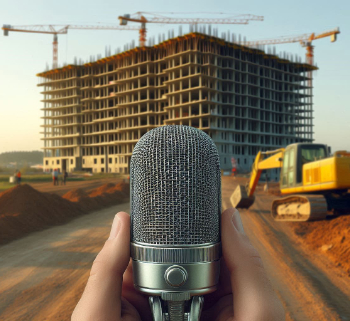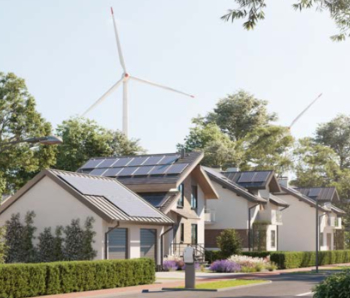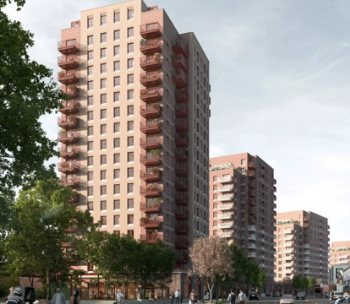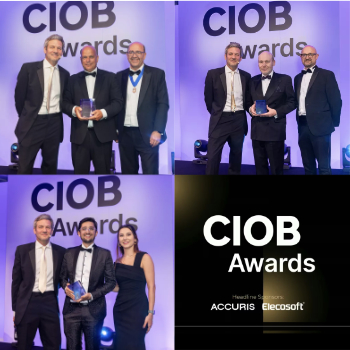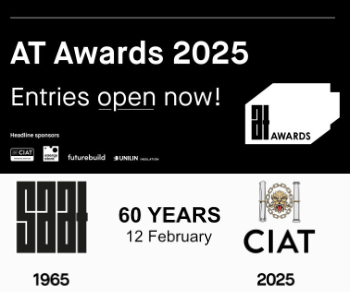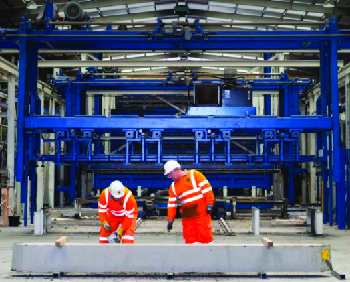Cost control in building design and construction
Cost control is a critical aspect of building design and construction to ensure that the project stays within the budget while meeting the desired quality and functionality. Here are some effective strategies for cost control in building design and construction:
1. **Thorough Planning and Budgeting:** Start with a detailed and well-defined project plan, including a comprehensive budget. Involve all stakeholders, including architects, engineers, contractors, and clients, in the planning process to set clear objectives and cost expectations.
2. **Value Engineering:** Implement value engineering during the design phase to identify cost-saving opportunities without compromising on the project's functionality and quality. This involves evaluating alternatives for materials, construction methods, and design elements to find the most cost-effective solutions.
3. **Regular Cost Estimation and Monitoring:** Continuously estimate and monitor project costs throughout the design and construction phases. Regularly compare actual costs to the budget and adjust the plan accordingly to avoid cost overruns.
4. **Early Contractor Involvement:** Involve contractors and subcontractors early in the design process to get their input on cost-effective construction methods and materials. Their expertise can help identify potential cost-saving measures.
5. **Material Selection:** Choose materials that strike a balance between cost and quality. Consider using cost-effective, yet durable and energy-efficient materials that meet the project's requirements.
6. **Standardization and Prefabrication:** Standardize components and use prefabrication whenever possible. Prefabricated elements can save time and labor costs during construction.
7. **Bidding Process:** Implement a competitive bidding process to get the best prices from contractors and suppliers. Ensure that the bids are well-documented and include clear specifications.
8. **Contingency Fund:** Set aside a contingency fund in the budget to account for unforeseen expenses and potential scope changes.
9. **Energy Efficiency:** Incorporate energy-efficient design features and technologies to reduce long-term operational costs and environmental impact.
10. **Project Management and Communication:** Effective project management and open communication among all stakeholders can help identify potential cost issues early and address them proactively.
11. **Quality Control and Risk Management:** Emphasize quality control measures to minimize rework and avoid costly mistakes. Implement risk management strategies to anticipate and mitigate potential risks that could impact costs.
12. **Lifecycle Cost Analysis:** Consider the lifecycle cost of the building, including maintenance, operation, and energy costs, to make informed decisions about cost-effective design and construction choices.
By employing these cost control strategies throughout the design and construction process, project stakeholders can optimize project budgets, ensure timely completion, and deliver a successful building that meets the client's needs and expectations.
You must sign in or register to edit or comment on an article
Return to Talk:Cost control in building design and construction.
Featured articles and news
Design and construction industry podcasts
Professional development, practice, the pandemic, platforms and podcasts. Have we missed anything?
C20 Society; Buildings at Risk List 2025
10 more buildings published with updates on the past decade of buildings featured.
Boiler Upgrade Scheme and certifications consultation
Summary of government consultation, closing 11 June 2025.
Deputy editor of AT, Tim Fraser, discusses the newly formed society with its current chair, Chris Halligan MCIAT.
Barratt Lo-E passivhaus standard homes planned enmasse
With an initial 728 Lo-E homes across two sites and many more planned for the future.
Government urged to uphold Warm Homes commitment
ECA and industry bodies write to Government concerning its 13.2 billion Warm Homes manifesto commitment.
From project managers to rising stars, sustainability pioneers and more.
Places of Worship in Britain and Ireland, 1929-1990. Book review.
The emancipation of women in art.
Call for independent National Grenfell oversight mechanism
MHCLG share findings of Building Safety Inquiry in letter to Secretary of State and Minister for Building Safety.
The Architectural Technology Awards
AT Awards now open for this the sixth decade of CIAT.
50th Golden anniversary ECA Edmundson awards
Deadline for submissions Friday 30 May 2025.
The benefits of precast, off-site foundation systems
Top ten benefits of this notable innovation.
Encouraging individuals to take action saving water at home, work, and in their communities.
Takes a community to support mental health and wellbeing
The why of becoming a Mental Health Instructor explained.
Mental health awareness week 13-18 May
The theme is communities, they can provide a sense of belonging, safety, support in hard times, and a sense purpose.
Mental health support on the rise but workers still struggling
CIOB Understanding Mental Health in the Built Environment 2025 shows.
Design and construction material libraries
Material, sample, product or detail libraries a key component of any architectural design practice.







